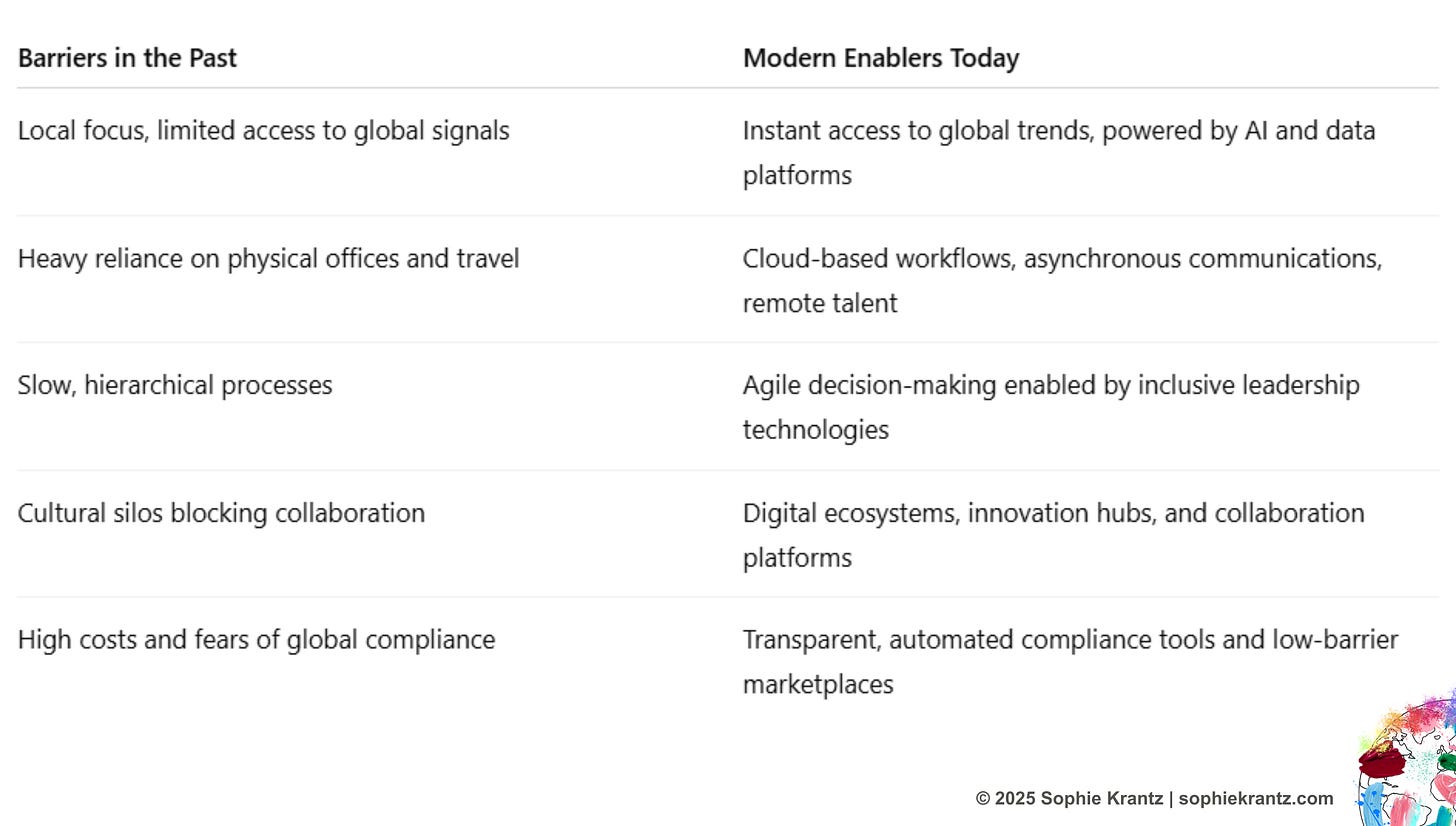Shifting Gaze
When does a different view shift strategic direction?
In Australia, many things on the land can kill you. Venomous snakes. Crocodiles. Redback spiders. Funnel-webs hiding in shoes. In the water there are sharks, box jellyfish, blue-ringed octopuses, and stonefish. It’s a land where it makes sense to keep your eyes down.
And yet, this same country has one of the world’s richest histories of looking up.
When the Australian Space Agency unveiled its logo, it joined the global push into space. At first glance, the logo appears to be a satellite view of Australia, with colorful dots outlining the continent to represent human activity and cities. Look closer, and those dots connect into Indigenous star constellations. These are living knowledge systems that have guided Aboriginal and Torres Strait Islander peoples for tens of thousands of years.
The design reflects a dual perspective: looking down at the Earth from space, and looking up at the night sky from Country. It connects modern exploration with ancient traditions. It reminds us that the world’s first astronomers used the stars as tools for navigation, survival, and law.
Image: Australian Space Agency logo (Source: Australian Space Agency)
The Local View: Looking Down
The first view - the map of Australia from above - mirrors how many leaders operate. They look down at the terrain they know best: local and familiar markets and their immediate challenges, domestic competitors, and national regulations. It’s a familiar vantage point that is measurable and manageable, yet it is limited.
Like staring at the ground beneath our feet, this perspective captures detail. And in a large country, it can feel like it makes up the full context. Yet it risks missing larger patterns. It can anchor us in our local comfort zone, narrowing strategic goals to what is visible nearby.
Leaders elsewhere have faced the same trap. In the article ‘Distance still matters: The hard reality of global expansion’, Pankaj Ghemawat, an Indo-American global strategist, shows how executives misjudge international opportunities when they apply a home-country lens to foreign markets. In turn, they underestimate how different and distant they really are.
His research found that distance - across cultural, administrative, geographic, and economic dimensions - matters more than leaders assume. When companies cling to familiar settings instead of recalibrating for cross-border realities, their strategic decisions can quickly become distorted.
The Global View: Looking Up
The second view - the constellations in the sky - offers a different perspective. Indigenous Australians used the stars to chart journeys, mark seasonal shifts, and embed cultural law. The night sky was a living system of navigation, passed down through stories, song, and ceremony.
This is the shift leaders are invited make: from looking down to looking up and out. Global signals - ranging from emerging technologies, demographic changes, new innovation hubs, scientific breakthroughs, shifting regulations - are a type of modern constellation. They can guide strategy just as the Emu in the Sky constellation once guided when to collect emu eggs.
Image: Emu in the Sky constellation, National Museum of Australia, Digital Classroom
(Source: National Museum of Australia)
From Vision to Navigation
Stargazing was never abstract. For Indigenous Australians it was applied knowledge, anchored in being practical, enduring, and essential for navigating life. In the same way, thinking and acting globally is not about lofty aspiration or competing at all costs. Rather, it is about leverage: choosing the right perspective to guide real-world action.
The modern constellations that matter in business - spanning markets, technology, regulation, capital, talent, climate, and societal shifts - give leaders the context they need in an interconnected world. By zooming out to see the bigger picture, it becomes easier to zero in on smarter priorities, clearer actions, and sharper initiatives.
The Ladder Upwards
Looking up matters. Beyond stargazing lies a set of practical questions that turn perspective into progress. With clients, I map this through a straightforward ladder framework. Leaders and teams can use a simplified version to move quickly through the questions and reflect on where they stand.
Head Down (Globally Absent): Are we too focused on local survival and domestic priorities to notice what’s shifting globally?
First Glance Up (Globally Aware): Do we see signals - new competitors, demographic shifts, breakthroughs, and emerging technologies - yet have no clear way to respond or prioritise?
Charting Constellations (Globally Active): Are we testing partnerships, digital channels, or cross-border moves - yet still working in silos without the systems or smart tools to scale?
Navigating by the Stars (Globally Ambitious): Have we set deliberate strategies to scale beyond borders, using networks, technology, and data to build resilience and align growth with global shifts?
Lighting the Sky (Globally Impactful): Are we still reacting, or are we shaping standards, influencing agendas, and solving problems that matter to our markets and communities across borders?
Constellations have guided life on the land for thousands of years. Today, leaders can use frameworks like this to look up and out. They help orient strategy, apply the right tools, and track progress beyond local biases and boundaries. Leaders also have more smart tools and technologies than ever.
Why Looking Up Is Easier Than Ever
What makes the view up and out in business easier than ever before are a number of key shifts. Barriers that once locked leaders into a narrow, local perspective are being replaced by modern enablers that expand reach and accelerate action:
What once constrained leaders to look down has been replaced with tools and systems that make it possible to look up and out, see further, and act smarter.
Holding Both Perspectives
The Australian Space Agency logo works because it holds both perspectives at once: looking down at the land, looking up at the stars. As leaders, we can do the same. Grounded in the local yet guided by the global, we can connect what is close with what is vast.
There is always much to manage on the ground, wherever we are. Yet when our gaze stays down, we miss the stars. And with them, we risk missing the bigger picture needed to play a smarter game.
Heading into Q4 2025, which signals are you acting on and which risk being overlooked?







